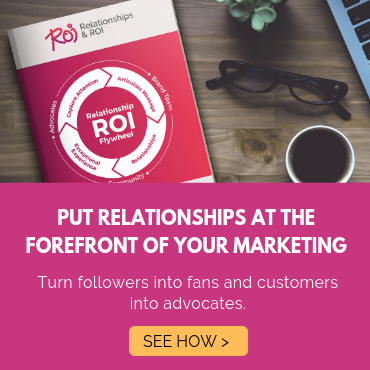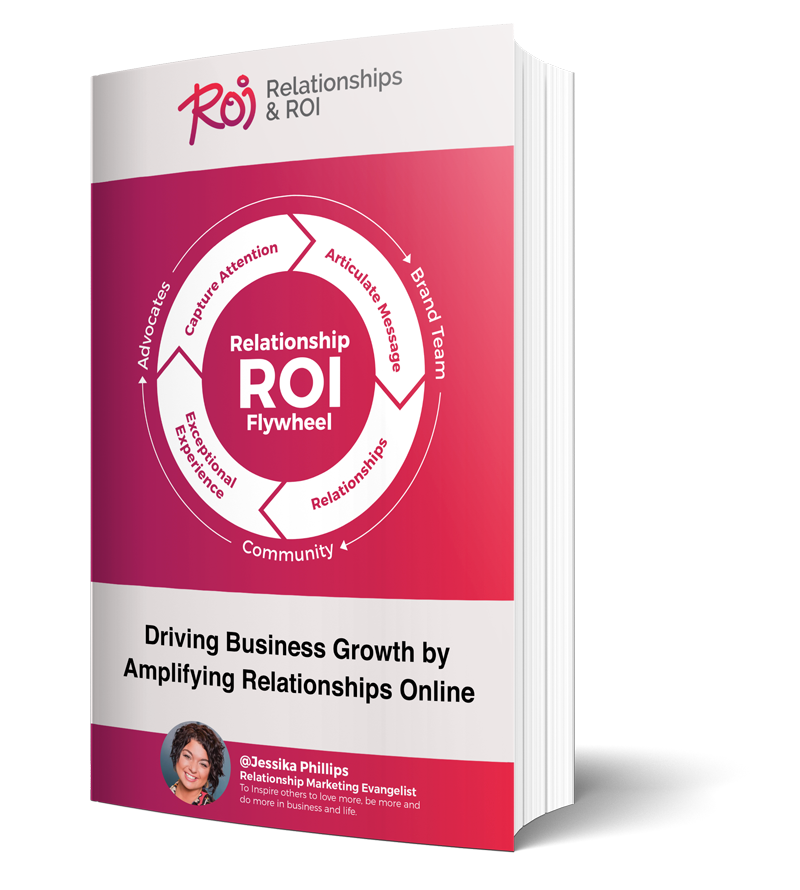Did you know you can use Facebook Groups as a business page? Today we’re exploring how you can build a tribe with this social media tool.
You’ve made a business page and begun to manage it, helping people find your business both online and digitally through social media. You’re answering messages and starting conversations with your audience. But did you know there is another step that will continue to enhance your communication with followers? One that gives your dedicated fans a deeper dive into your brand via Facebook Groups?
Facebook allows us to have several different social channels on the medium: profiles, pages, and groups. Profiles are mainly for personal and individual use. Pages are used for businesses, brands, and companies to connect with their followers online and are public for people to discover. Groups are a more intimate setting for dedicated topics and can be public or private.
In the past summer, Facebook rolled out a new opportunity for business pages to have their own group ran by the business page, not an individual. It’s not for people to discover you, it’s for people who know you and like you. It’s groups as you’ve known them, but you’re not acting as an individual. It’s the ability for NOW Marketing Group to have our own group so we can interact with the community through the brand! And your business can benefit from it too.
This is what we’re going to talk about today! How you can use a Facebook Group as your business page to continue to nurture leads and build a dedicated following who love your product. The goal is to create a community of like-minded individuals based on a passion or a common interest.
Increase engagement
When done correctly, these little hubs can get so much engagement and be the source of so much information. A major factor is that when people join a group, they are joining it and opting to become a part of the community. This makes them more likely to choose to become part of the conversation.
As long as there is good social media manager who can keep the conversation flowing with relevant topics and curated content, groups are a natural progression of your business’s communication on social media.
This is an important distinction. Groups should be used as a communication tool first and foremost. The goal is to share helpful information on the relevant topic, not be a sales tool. If your group exists because you are actively and solely selling a product on it, you’re using it wrong! This is also why groups have begun to have a bad rap.
And, another thing! Don’t auto-add people into groups. They’re just going to leave anyway. However, groups that are being managed by business pages can invite people, which you can and should do. You can invite people if you have their email address or if you are already friends with them. There is a major difference between adding people and auto-adding them. If they get an invite, they have the option to join or to deny it. You can make these invites as personalized as you want as well, which we recommend doing. Send them a little note on why you are inviting them, explain what the page is about, and thank them! This will go a long way.
You want people to choose to join. Then, once they do make sure they are finding useful information and quality posts. This is how you increase interaction and build engagement within groups.
Share quality content
We’ve already touched on this a little bit, but it’s important to say again: your group should be centered around like-minded people sharing educational and useful content. While this is part of your funnel, a group's main focus is a community resource. Sales will happen on your website. This is for building a trusted relationship with your audience.
We like to use a 10:4:1 system of content curation. In this method, you will have 15 posts. Ten of them should be sourced from trusted and valuable experts in your industry. Curate this content from others and share it with the group. Next, choose four of your own pieces of content: blogs, videos, graphics, etc. Something education you have created. Lastly, choose one call-to-action or a valuable offer that leads to a landing page. This is your soft sell. Choose a download or resource guide, something that has a lot of information (more than a simple blog).
You can also make themed days. For example, Monday have a scheduled live video. Tuesday ask the group a question or take a poll. On Wednesday, create the opportunity for your audience to ask their own questions and allow them to help each other as well as offering your own advice. On Thursday tell a story or give some behind the scenes insight with employees or other experts. Et cetera, et cetera.
The goal is to get people gathered around your topic and begin (with your help) to get them talking! It’s not about your business or your content, but around the information and relationships that you build with people and they build amongst themselves as well.
A key difference
An important thing to note is that if you decide to run a group through your business page, it needs to be different than the business page. Otherwise, there is no incentive for people to follow both. Using NOW Marketing Group as an example, we have a business page setup. If we were to create a group ran by the business page, it would not be a NOW Marketing Group group. Instead, we would base it off an important topic for us. Likely relationship marketing or inbound marketing. The curated content on our group would be different from our business page. The last thing you want is to have several different channels churning out the same scheduled posts.
So, if you run a brick and mortar business dedicated to running gear and accessories, you can lead your own group based on running in the area. Sharing best places to run, tips, and information on the topic of running. This can be customized for whatever industry you’re in.
That is the key difference between groups and pages.
Downside to groups
Depending on your perspective, this may be a win or a loss. You cannot advertise in groups. But other people can advocate for you.
You also don’t have control over the messaging that will happen. You should be selective on who you add to the group or on your privacy settings to ensure you have a great group of people engaged in the group. We like to set our groups to closed.
And, this will require a commitment. By nature it invites conversation and engagement, so you will have to participate on a regular basis and help lead the dialogue. So be aware that this isn’t something you should create and let run on its own.
These aren't exactly negatives in our opinion, but they are something to be aware of!
Have you begun to use groups as a tool for your business? Let us know what you’re doing!
Watch our #TrainingTuesday video for more information and a tutorial on how to create your group.




Comments